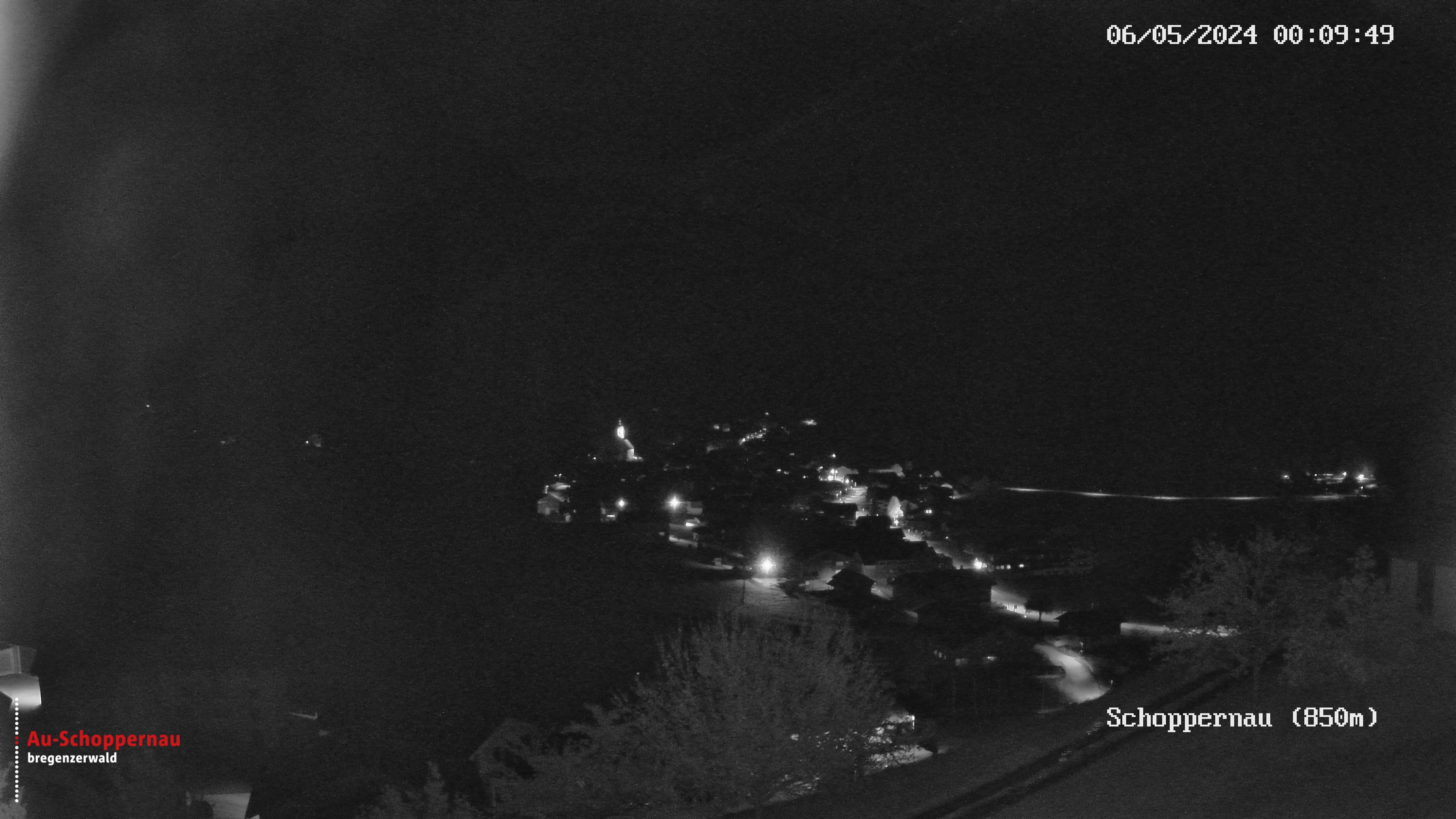Though originally from Lustenau, Simon Hofer learned his craft in Glasgow, Berlin and Copenhagen. After many years away, however, these cities couldn’t compete with the idyllic nature of home. Simon now lives with his partner, artist Ronja Svaneborg and his two sons, Oskar and Carlo, in Sibratsgfäll. Here Simon practices his woodworking craft: Like music, it is his passion.
It was music that originally drew Simon to Scotland after completing school. The vibrant music scene there was attractive to the young rocker for obvious reason, so he packed his bags and went.As a sociable, open person and a fantastic drummer, he quickly met new people in the Glasgow scene. In no time, he befriended not only numerous other musicians, but also his partner Ronja. He also joined a new band with whom he later signed a record contract. Having experienced his first taste of success, he could easily have become a musician and
yet from an early age, Simon was fascinated by any and everything wood related: carving, building model figures… he was happy as long as he was working with wood. So it was that after a few years in Scotland, his passion for woodworking was reignited when he discovered a Social Enterprise called GalGael. This social group was devoted to the retention and handing-down of old craftsmanship methods such as traditional boat making in particular. In the four years that followed, Simon collaborated with the group, learning to build and refurbish boats. He also created furniture, sculptures and half-timbered houses on the side.When Ronja became pregnant, the pair made the decision to raise the child closer to home as opposed to in Scotland. Because she was originally from Denmark and he from Lustenau, they decided to split the difference and try Berlin. Simon quickly found work in a restoration company where he worked for many months on restoring a Baroque stairwell entrance.
Simon liked life in the big city and yet working sixty hours a week for little pay and enduring the general pressures of the job market proved to be too difficult for the young family. Berlin was just the intermission: Next up was a move to Ronja’s home in Copenhagen. This move allowed Simon to pursue his interests in boat building once more. He soon found a job at the largest rowing club in Denmark, which had a workshop directly on the ocean but no trained boat builder had worked there for quite some time. The city seemed to be the perfect fit for the family.For four years, Simon worked at the Danske Studenters Roklub in Svanemøllen Bay. His main task was building boats and repairing two, four and six-person rowboats made from wood. During this time, he also met other artists, furniture designers and craftspeople. And thanks to his artist wife, Ronja, Simon gained access to Copenhagen’s designer scene. One thing led to another, and he once again became engrossed in furniture building and created prototypes and special edition pieces for artists and designers in addition to boat crafting.





